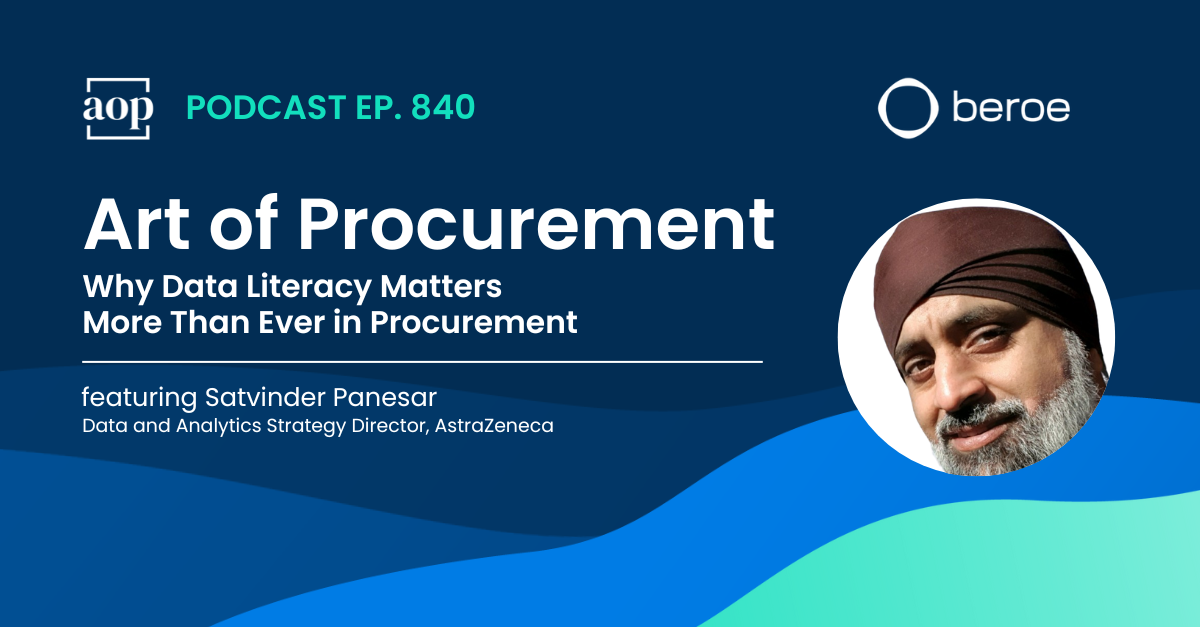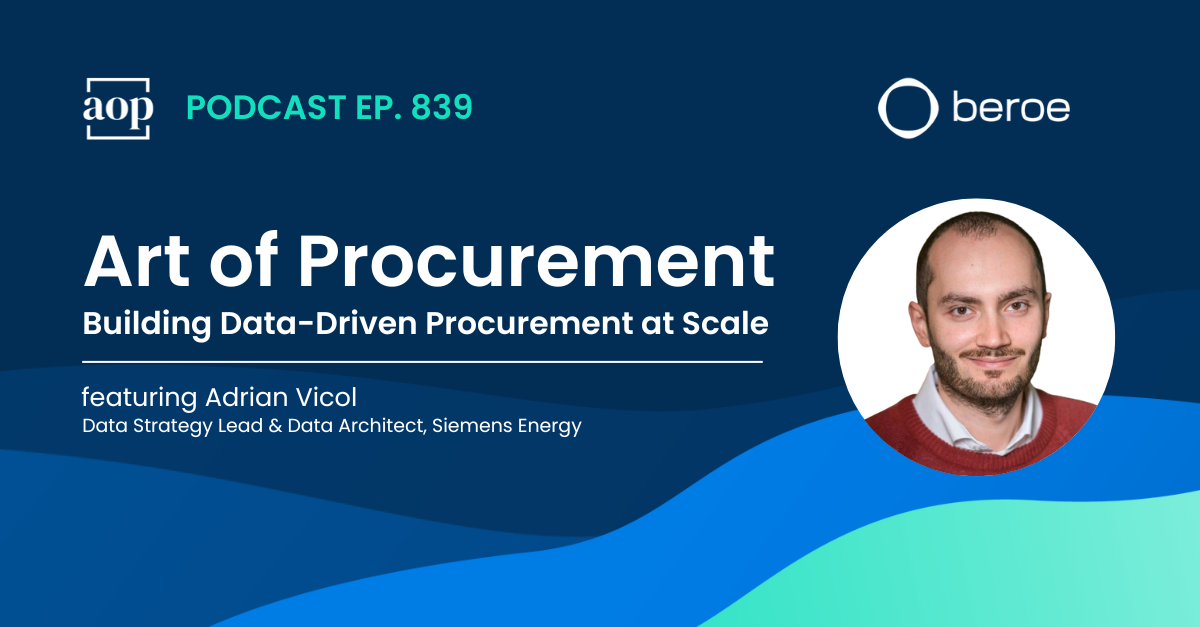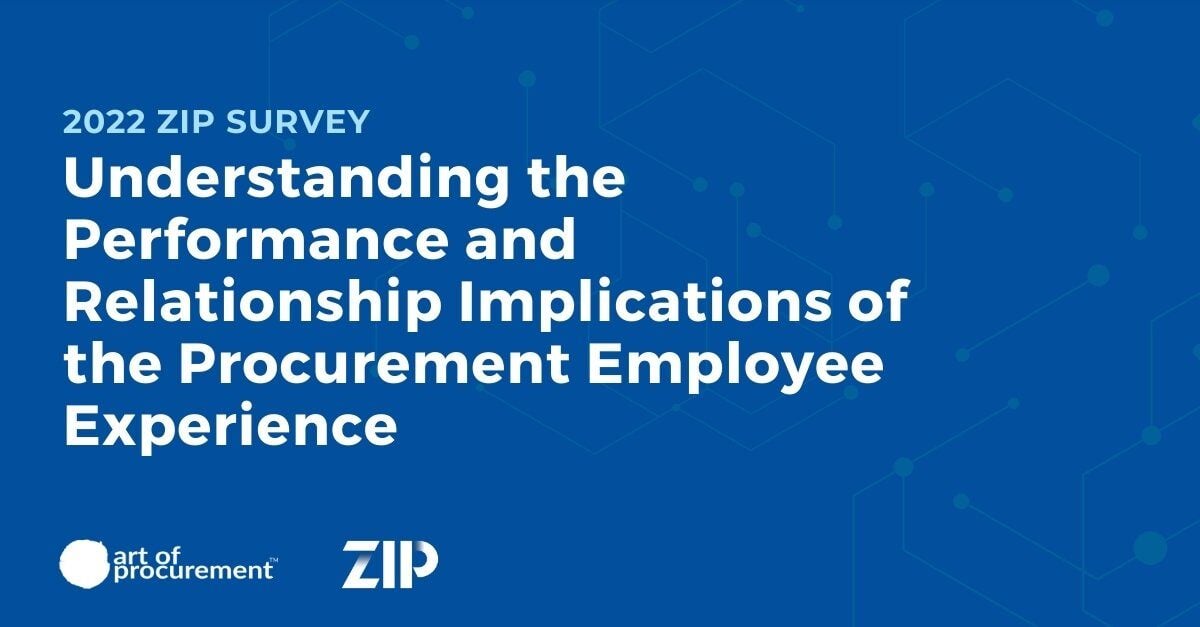
“Once you have clean data, it becomes a business asset. You can now answer questions from it. When it’s sitting there in a data swamp – it’s not even a data lake – you cannot leverage any type of insights from it.” – Robert Birch, Director, Data & Analytics, SpendHQ
“‘Data! Data! Data!’ he cried impatiently. ‘I can’t make bricks without clay!’”
Little did Sherlock Holmes author Arthur Conan Doyle know just how relevant this famous lament would become in our tech-dependent, data-rich world. It strikes at the heart of one of procurement’s biggest challenges – there is not enough quality data.
If clean, reliable, accessible data is the “clay” procurement needs to create value for the business and make informed decisions, then there’s no doubt they need more of it.
Philip Ideson recently spoke with Andy Moir, Director of Product Marketing, Mitchell Couper, Vice President of Delivery and Business Intelligence, Robert Birch, Director, Data and Analytics, all from SpendHQ, about the kinds of resources and approaches procurement needs to overcome their biggest data challenges and create an environment conducive to value creation and differentiated decision making. They also discuss the critical skill sets procurement needs to work through some of the more complicated roadblocks on the path to better data hygiene – to turn individual raw materials into usable clay.
Here are a few of their key recommendations for the resources procurement needs to build, maintain, and ensure quality data:
Lay the foundation with a data analyst, strong in problem-solving
A data analyst, whether it’s a dedicated team member or a shared resource within the business, can help get the data into good enough shape for procurement to confidently use it to make strategic and financial decisions or recommendations to the business.
“You have to get the data wrangled in the first place, and there’s not always a resource dedicated to that in a procurement team,” said Mitch.
And since data is rarely (if ever?) in a perfect state, working with an analyst at the initial stages of cleaning and normalization, before analyzing and drawing actionable insights from it, is not a step procurement can afford to skip.
“You need to be able to understand your data. You need to be able to problem solve it,” said Robert. “Whenever I am looking for anyone in this field, one of the major skill sets I look for is someone with good problem-solving skills when it comes to data. This is huge.”
Build a strong internal relationship with IT
Procurement often lacks a dedicated resource for data wrangling, which makes collaboration across the business crucial. IT is likely the most important place to start.
“They’re the people who own the systems, who can make sense of how things are structured and how they were set up from the start,” said Mitch. “They can figure out what requirements you have and get you to the point where you can start analyzing the data.”
Don’t ignore Finance
Beyond IT, working with finance from the very beginning can help procurement start to identify the data and with initial clean up.
Invoice data, for one example, can give procurement valuable insight into a specific category of spend. finance can also help map procurement data to a shared language that is meaningful across the business.
Working with finance requires procurement to be aware of discrepancies in the way they think about or categorize data so they don’t end up creating more problems than they started with and undermining their own efforts.
For example, said Mitch, some procurement organizations simply take the way finance categorizes spend on a general ledger or in other stages of the accounting process and use that as their procurement category. “Sometimes it doesn’t align with the way procurement thinks about it,” he said, which is why they usually advise procurement not to engage in direct mapping but encourage instead a kind of “crowdsourcing approach” to data cleansing and normalization.
Know when to leverage third-party resources
Budgeting is often a critical roadblock for procurement in bringing on a dedicated data analyst resource. The smaller the team or the newer the organization, the less likely it is that procurement will get all the resources they need internally to solve their biggest data problems and reach their data maturity goals.
“If you’re on a newer procurement team or in a growing organization where procurement only has a couple of people, you’re probably not going to have that analyst function yet,” said Mitch. “That typically comes as the team grows, unless it’s a very forward-thinking company when it comes to data.”
In those resource-restrictive organizations, third-party solutions can help with the heavy lifting and fill critical skill gaps. This can also be a resource that’s split internally between IT and procurement, provided there is good collaboration and communication between the two functions. Getting there requires trust between the stakeholder groups and a clear understanding, especially from IT, of data as a “business asset” that holds powerful value downstream.
Getting the data right
Having the skills, resources, and collaborative relationships in place to clean and normalize your data – especially if it’s not in great shape to begin with or is fragmented across the organization – is necessary to create a clean environment through which procurement can confidently provide value and savings, engage in decision making, and make strategic recommendations to the business.
To do this, leadership has to understand the value of this approach.
“You have to get the whole data right and then tie your project back to whatever matters most to the c-suite,” said Andy, then that clean, reliable data can lay the groundwork for procurement’s analysis and insights.
Subscribe to Art of Procurement
Apple | Stitcher | iHeart Radio | Email
Links & Resources
- Subscribe to This Week in Procurement
- Andy Moir on LinkedIn
- Mitchell Couper on LinkedIn
- Robert Birch on LinkedIn




